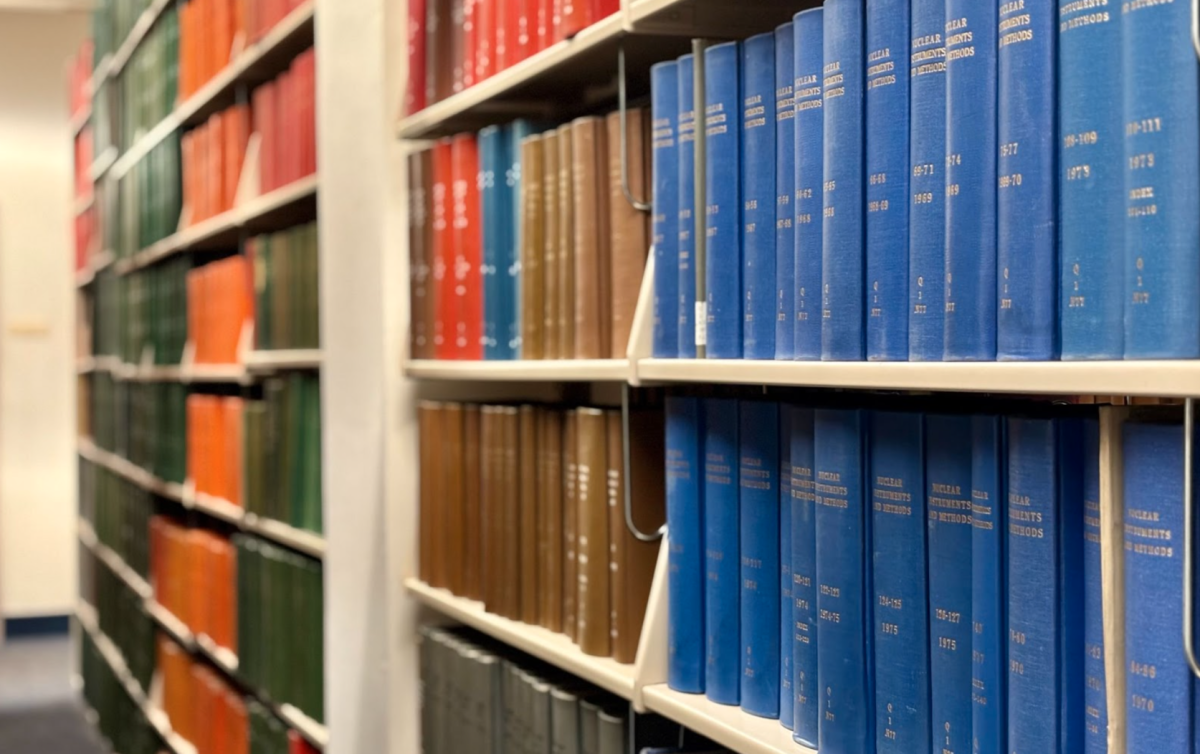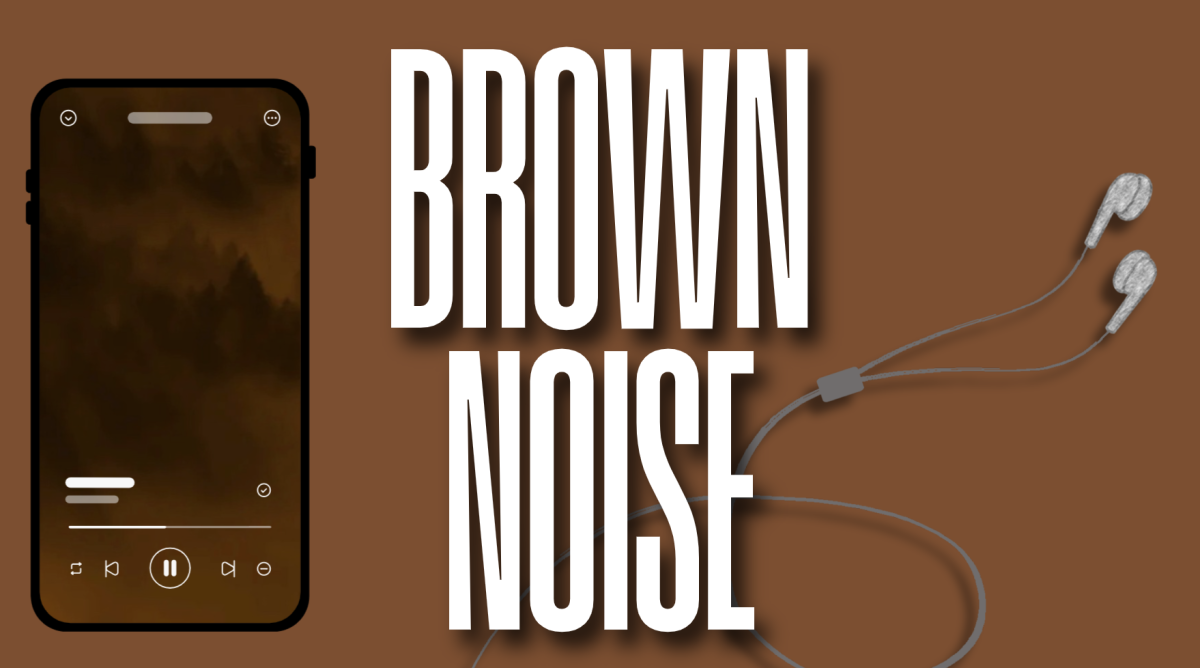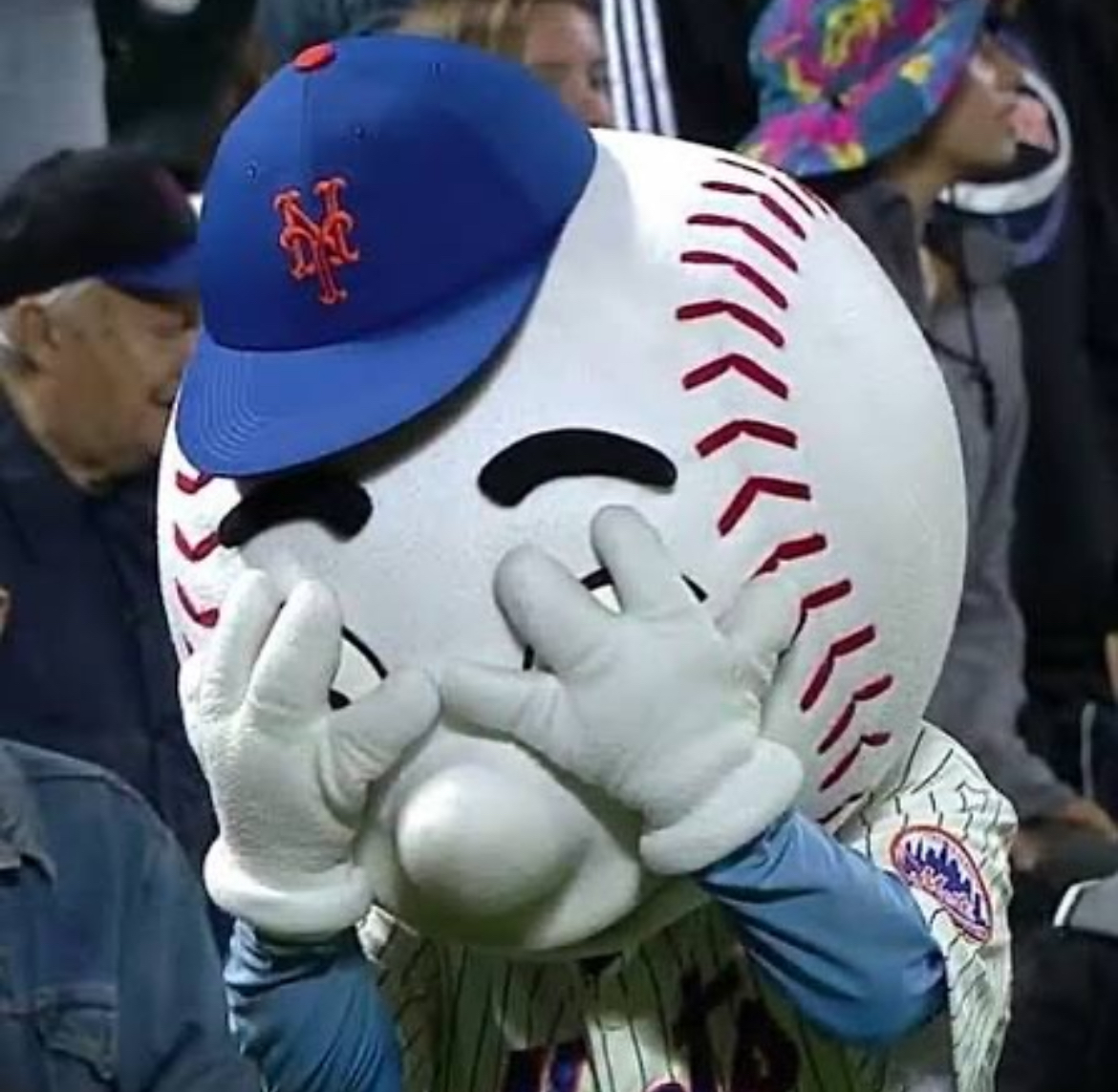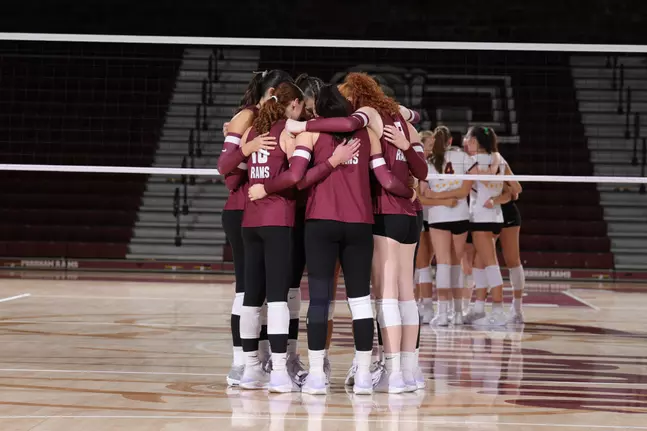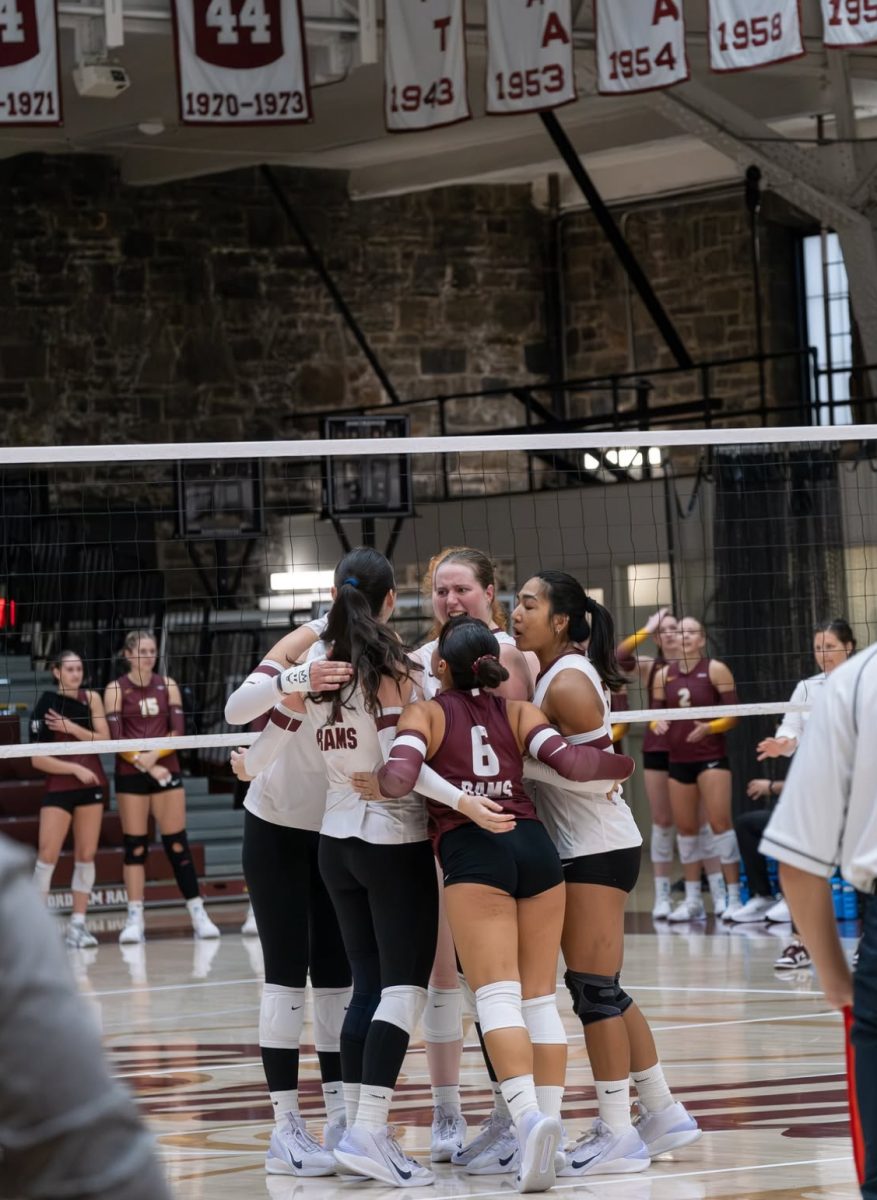Overdose Prevention Centers (OPC), also known as safe or supervised injection sites, are facilities that allow individuals to use drugs under supervision by trained staff who have equipment to help prevent overdoses. OPCs also contain other materials, such as clean needles to prevent contamination and the spread of diseases and fentanyl testing strips. Additionally, OPCs can also provide mental health support services and allow drug users to connect with drug addiction treatments. OPCs utilize harm reduction strategies, which involve minimization of negative consequences from drug use without requiring complete sobriety from drugs.
OPCs have been around globally since the 1970s. In the U.S., OPCs aren’t federally legalized, although some state and local levels provide leeway for them. While many people support OPCs and believe they are important in fighting the rising number of deaths due to overdose every year, others, like Rep. Nicole Malliotakis (R-N.Y.), deride them and see them as “heroin shooting galleries that only encourage drug use and deteriorate our quality of life.” In the last two years, two of the first OPCs in the United States created by OnPoint NYC opened up in East Harlem and Washington Heights. Many residents in East Harlem near the OPC complain about the increasing number of people brought by the facility and some of the issues caused by the individuals who access them. The controversy between OPCs and the communities they are in opens up the question of whether OPCs are actually good for the community, and how they can coexist to benefit individuals who use drugs and community members as much as possible.
The drug use crisis is multifaceted and complex. OPCs handle one aspect of this crisis, mainly in preventing overdoses and the spread of diseases. While many may argue that OPCs go too far in utilizing harm reduction strategies, they are a first step in making drug use safer, reducing the shame and stigma attached to drug use and helping connect users to mental health and addiction treatment services. This is especially medically necessary today, considering that deaths due to overdoses are increasing. In 2021 in New York City, “2,668 individuals died of a drug overdose,” which is “an increase of 78% since 2019 and 27% since 2020.” The rise in overdose deaths is largely based on the fact that more of the drug supply is contaminated with fentanyl, which a person can’t detect with sight, smell or touch. In 2021, in New York City, fentanyl was “detected in 80% of drug overdose deaths… and was the most common substance involved in overdose deaths for the fifth year in a row.” The use of harm reduction strategies in drug use is centered on the basic idea that there will always be drug use in society and frames its efforts on reducing the illness and deaths associated with drug use. OPCs aren’t single-handedly going to cure drug usage in America, but they will save lives and reduce the devastation and illness associated with it.
Residents of East Harlem complain that the crime rate has gone up since the opening of the OPC. “Narcotics arrests for East Harlem’s 25th Precinct up 229% for the week as of Dec. 4, 2022 (23 arrests, compared to seven in 2021)” with the attraction of more drug dealers, and many notice that police presence has increased. While OPCs have been shown to save lives, their presence may not be as well-received in neighborhoods where residents believe that their communities are becoming more unsafe. In order to mitigate this tension, OPCs should communicate with the community they reside in as well as the NYPD so they can be more aware of the problems that residents face. It is also important to note the complaints brought up by many, including Rep. Adriano Espaillat (D-N.Y.), that “drug programs, in general, are unfairly concentrated in the injection sites’ neighborhoods and kept out of whiter, wealthier areas.” This brings up questions about the range of OPCs and which locations would equitably benefit all users.
Saisha Islam, FCRH ’25, is a biology major from New York, N.Y.






